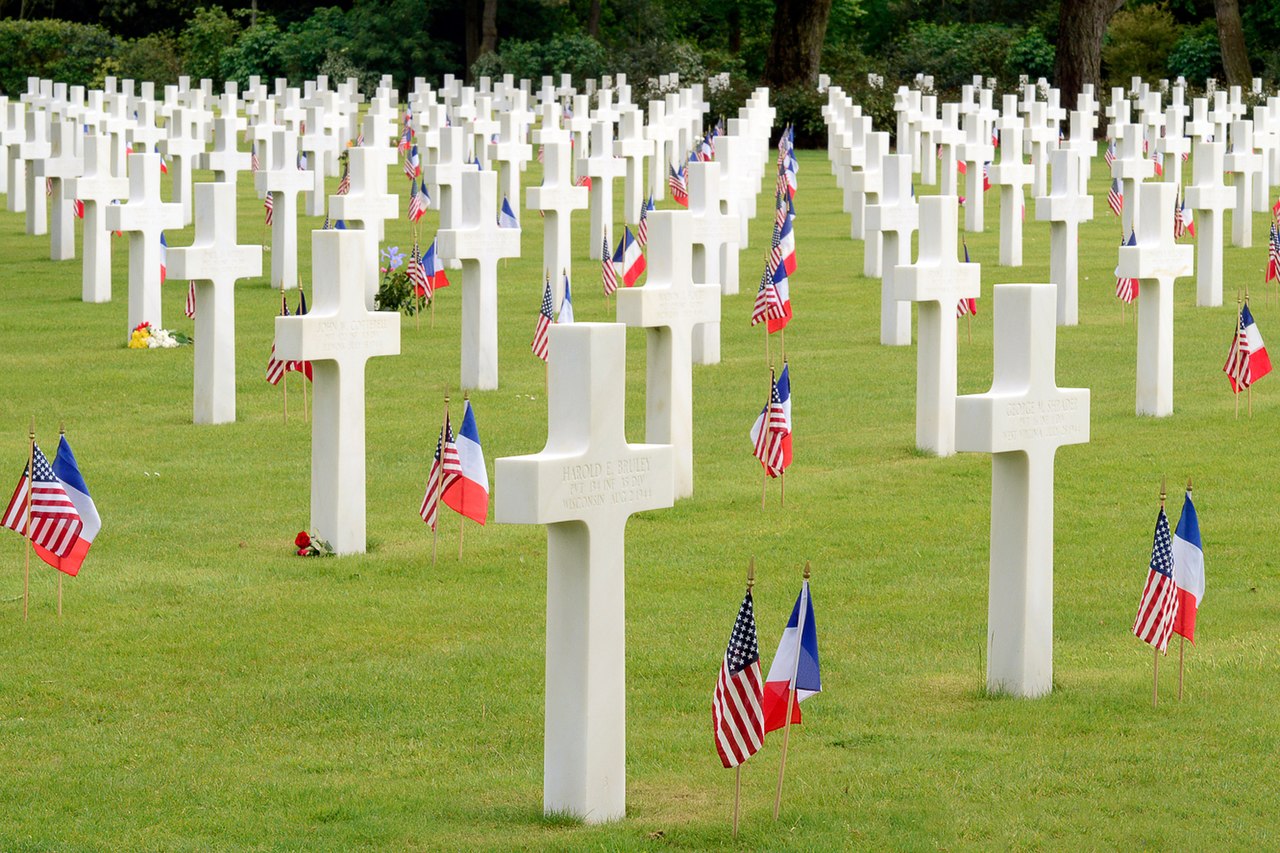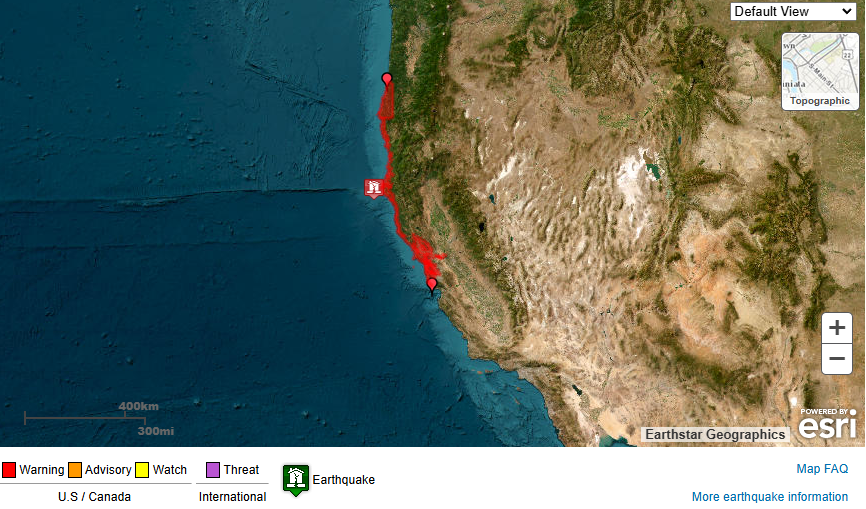D-Day refers to June 6, 1944, when Allied forces launched a massive invasion of Nazi-occupied France during World War II. This operation, known as Operation Overlord, was one of the largest amphibious military assaults in history and marked the beginning of the end for Nazi Germany.
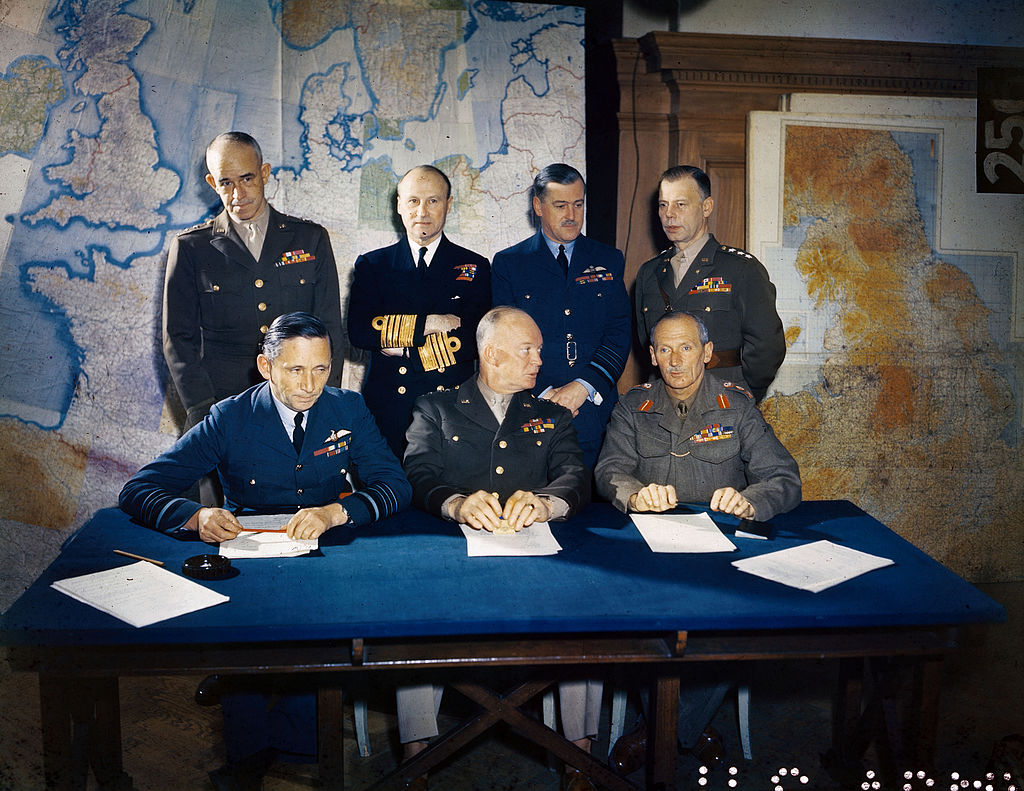
The invasion was meticulously planned and involved extensive coordination among the Allies, which included the United States, the United Kingdom, Canada, and other Allied nations. Key figures in the planning and execution included General Dwight D. Eisenhower, the Supreme Commander of the Allied Expeditionary Force, and British General Bernard Montgomery.
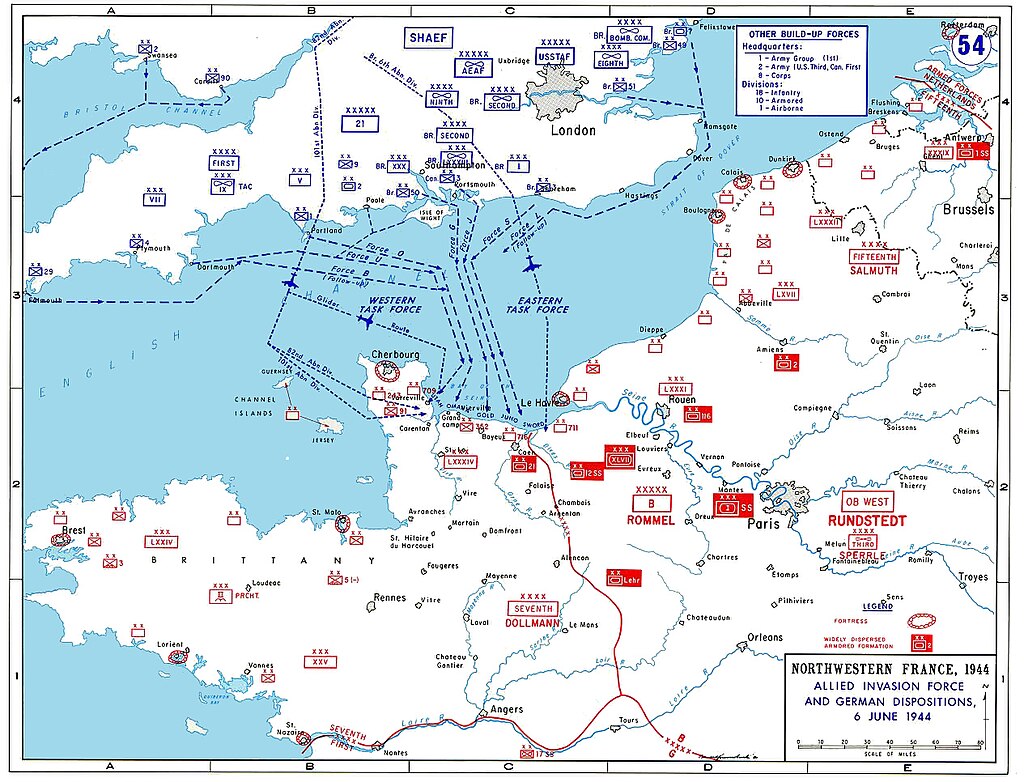
The preparation involved several key elements. Deception plans, such as Operation Fortitude, were designed to mislead the Germans about the invasion location, convincing them that the Allies would land at Pas de Calais instead of Normandy. The logistical build-up saw the Allies amass troops, equipment, and supplies in southern England over several months. Troops underwent rigorous training and practice landings to prepare for the assault.
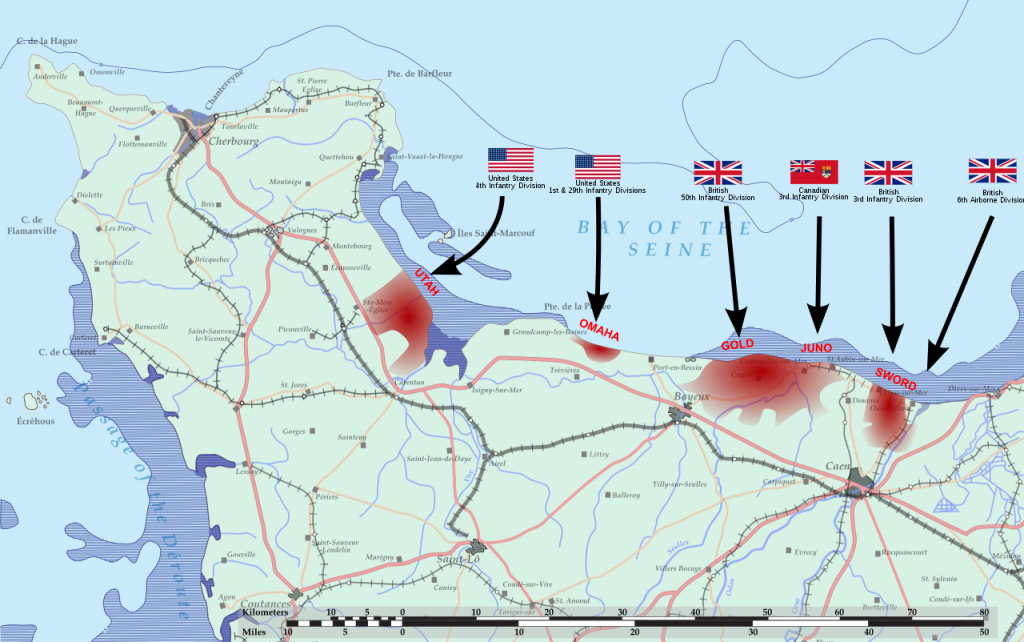
The invasion force included around 156,000 troops, 7,000 ships and landing craft, and 11,000 aircraft. The target was a 50-mile stretch of Normandy’s coast, divided into five sectors: Utah, Omaha, Gold, Juno, and Sword beaches.
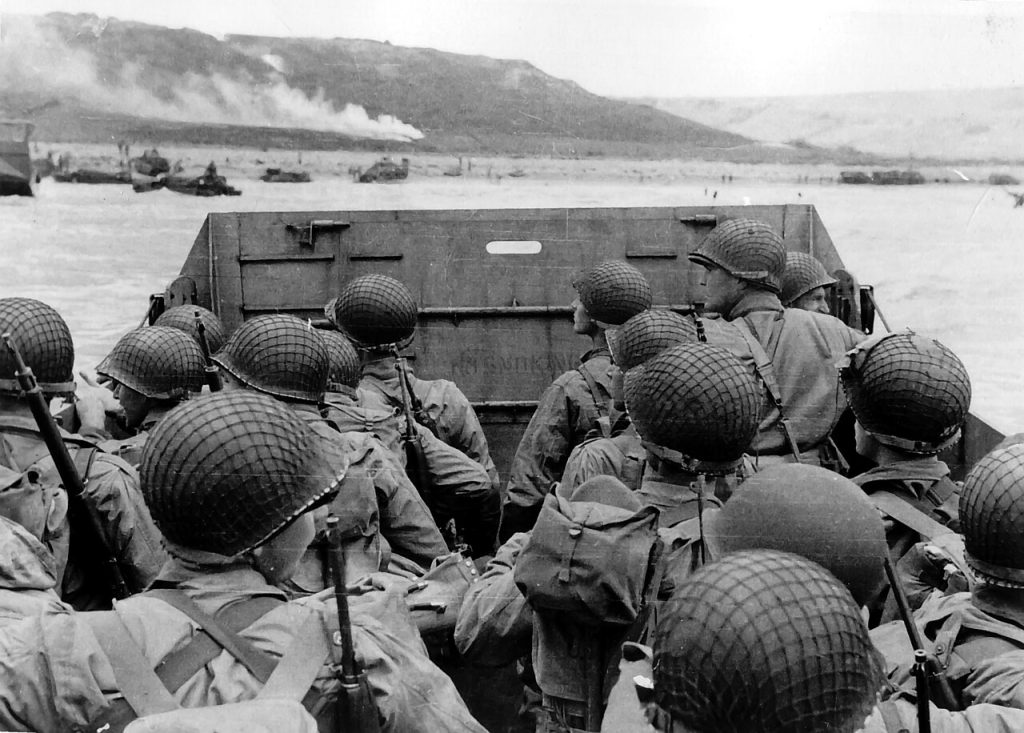
At Utah Beach, assigned to the U.S. 4th Infantry Division, the landings were relatively successful with lighter resistance. Omaha Beach, where the U.S. 1st and 29th Infantry Divisions landed, saw fierce resistance and heavy casualties. British forces at Gold Beach encountered strong defenses but ultimately secured their objectives. Canadian forces at Juno Beach faced significant obstacles but managed to advance inland. At Sword Beach, British forces, including commandos, achieved their objectives despite stiff resistance.
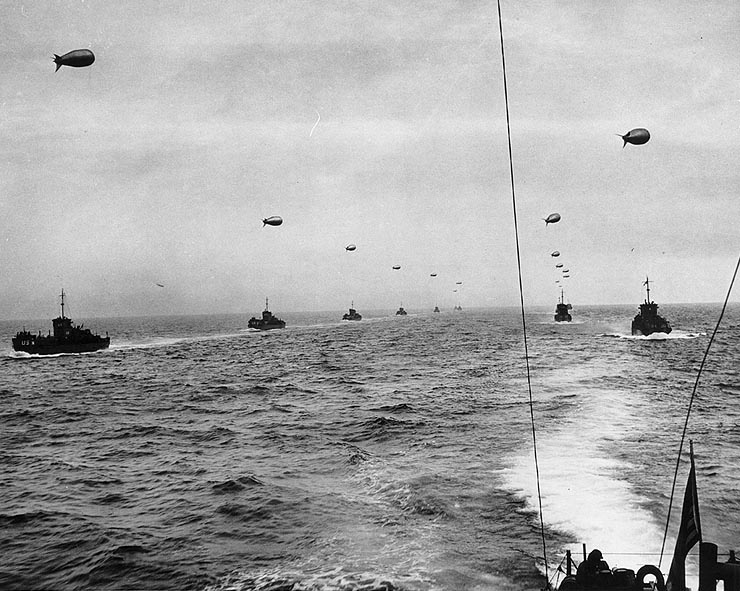
The invasion was preceded by airborne drops by paratroopers from the U.S. 82nd and 101st Airborne Divisions and the British 6th Airborne Division. These units aimed to capture key bridges, disrupt German communications, and secure the flanks of the landing beaches.
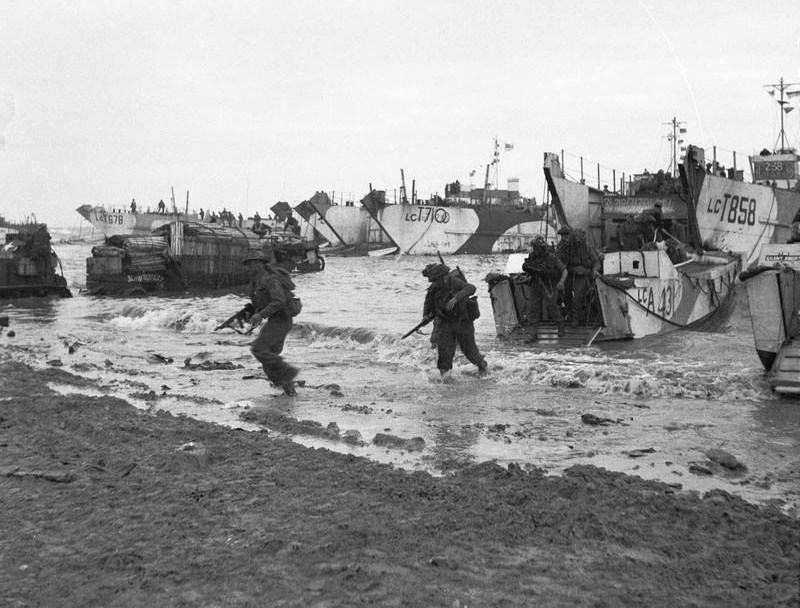
The landings were initially chaotic, particularly at Omaha Beach, where high casualties resulted from strong German defenses and rough seas. However, the Allies managed to establish beachheads across the five sectors by the end of the day.
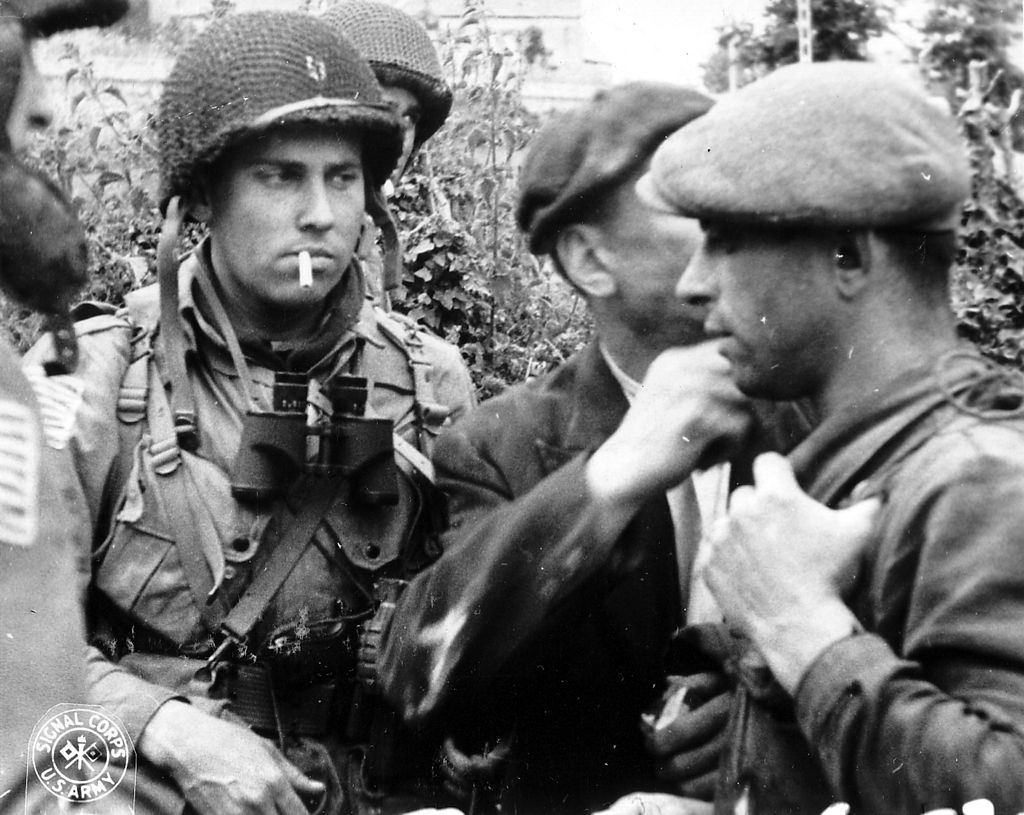
The Allies secured a vital foothold in continental Europe, paving the way for further operations. The German military, caught off guard and hampered by Hitler’s initial refusal to release reserve troops, struggled to mount an effective counterattack. The success of D-Day led to the liberation of Paris in August 1944 and the eventual defeat of Nazi Germany in May 1945.
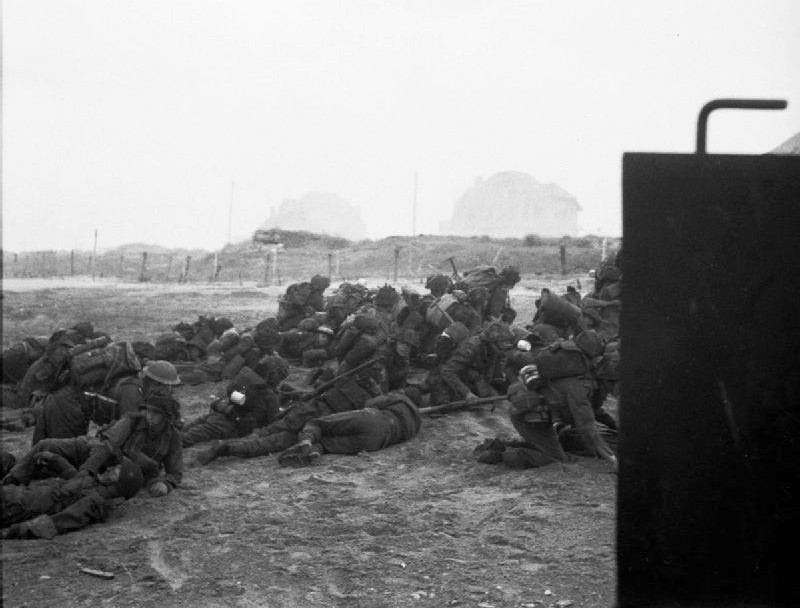
D-Day was a turning point in World War II. It demonstrated the effectiveness of Allied coordination and marked the beginning of a concerted effort to liberate Europe from Nazi occupation. The bravery and sacrifice of the soldiers who participated in the invasion are commemorated annually, and the operation remains a testament to strategic military planning and international cooperation.

D-Day’s legacy is preserved through numerous memorials, museums, and cemeteries in Normandy and around the world. It serves as a powerful reminder of the courage and determination that led to the liberation of Europe and the end of World War II.

